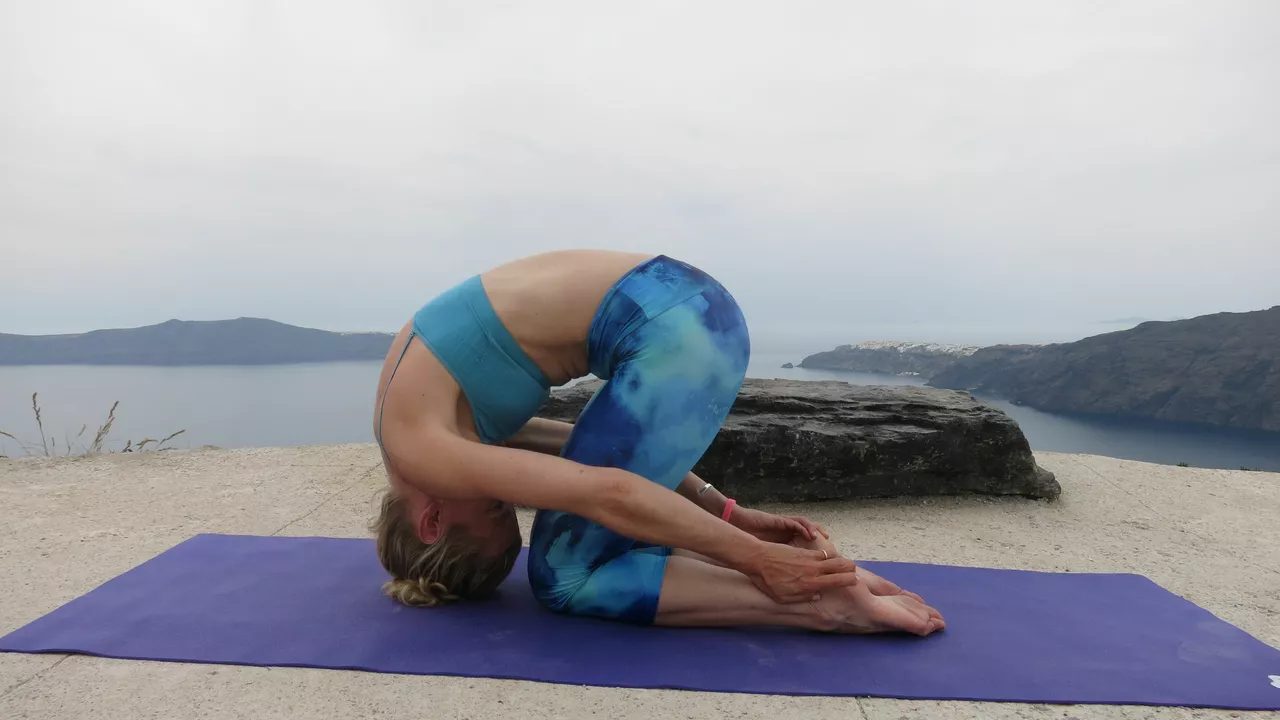Yoga functioning: how yoga works for your body and mind
Yoga is not magic, but it can feel like it. When you move, breathe, and focus together, simple changes happen across your muscles, nerves, hormones, and attention. Understanding the mechanics helps you pick the right practice, avoid injuries, and get results faster.
How yoga affects the body
Most people notice flexibility and strength first. Stretching a muscle increases its length and range over time, while holding weight-bearing poses builds muscle and joint stability. That’s why poses like Warrior and Plank tone legs and core, while forward bends and lunges open hips and hamstrings.
Breath matters. Deep, slow breathing during practice increases oxygen flow and helps the body clear metabolic waste. It also improves circulation: moving through poses pumps blood and lymph, reducing stiffness and aiding recovery. For anyone worried about knees or high blood pressure, modifications and gentler flows keep benefits while lowering risk.
There’s also an internal effect: certain postures gently stimulate organs and digestion by compressing and releasing the abdomen. Twists can aid digestion, and backbends open the chest, helping posture and lung capacity. Small, consistent practice beats occasional extremes — that’s why even 15 minutes daily shows clear gains in mobility and energy.
How yoga affects the mind and nervous system
Yoga combines movement with focused attention, which trains your brain to calm down. When you match breath to movement, your parasympathetic nervous system (the "rest and digest" part) gets a stronger signal. That lowers stress hormones and slows the heart rate, so you feel less anxious after practice.
Mindfulness in yoga reduces mental chatter. Holding a posture and returning attention to the breath builds concentration and resilience. Over weeks, this rewires habitual stress responses — you become less reactive to triggers like deadlines, pain, or poor sleep.
Sleep and mood often improve because yoga helps regulate hormones and body rhythms. The effect is gradual: regular practice changes how your brain responds to stress, not overnight fixes.
Practical tips: start with short, consistent sessions. Focus on alignment more than depth — safe form prevents injuries. Use props like blocks or straps to make poses achievable. Mix mobility, strength, and breathwork in one session for balanced benefits.
Quick 10–15 minute routine you can try: 1) 2 minutes of steady breathing (inhale 4, exhale 6), 2) 5 rounds of Sun Salutation A at a steady pace, 3) 2 minutes of standing balance (Tree or Chair), 4) 3 minutes of seated forward fold and gentle twist, 5) 2 minutes lying down with relaxed breath. Modify each step to your level.
Yoga works because it links movement, breath, and attention. Keep it regular, keep it honest, and your body and mind will start working better together.
Where did yoga originate from, and how does it work?
Hey guys, let's dive into the mystical world of yoga. Originating from the land of spices and spirituality, India, more than 5000 years ago, yoga is more than just twisting and turning your body in weird ways. It's a holistic blend of physical postures, breathing techniques, and meditation that works wonders on your body and mind. You might feel like a pretzel at first, but trust me, it's like a free chiropractor with the bonus of inner peace. So, unroll your mats, folks, because yoga is a journey of the self, through the self, to the self, and it starts right in your living room!
